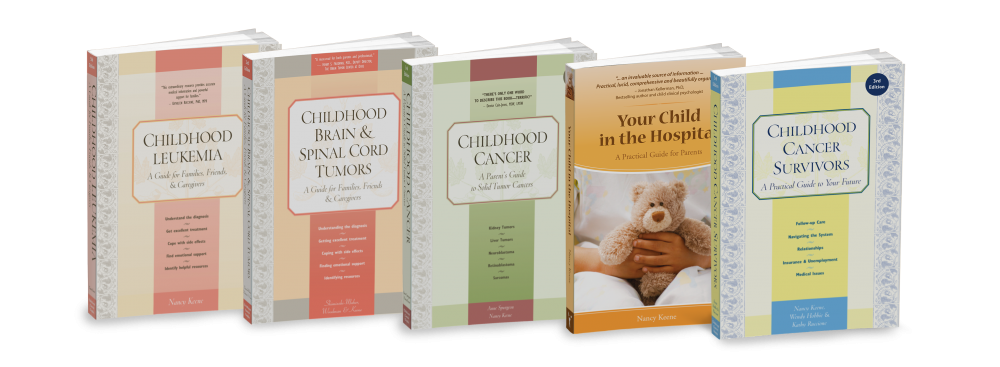What is ganglioglioma?
“Gangliogliomas are generally classified as low-grade tumors of the brain. However, gangliogliomas can also be anaplastic (high-grade) and also occur in the spinal cord. As for the brain, gangliogliomas most often occur in the temporal lobes.”
Source: Alex’s Lemonade Stand Foundation
Who gets ganglioglioma?
“More than 4,000 children younger than age 20 are diagnosed with brain or spinal cord tumors in the United States each year. The incidence of childhood brain and spinal cord tumors is higher in males than females, and higher among white children than any other racial/ethnic group.”
Source: Alex’s Lemonade Stand Foundation
What are some signs and symptoms?
“Symptoms can vary in severity. Some signs and symptoms include headaches, nausea, vomiting, trouble swallowing, double-vision, weakness, drowsiness, unsteady gait, seizures and more.”
Source: Alex’s Lemonade Stand Foundation
How common is ganglioglioma?
“Because there are many different kinds of brain and spinal cord tumors, the number of children diagnosed with each particular type is small. This means ganglioglioma is a less common type of childhood cancer than others.”
Source: Alex’s Lemonade Stand Foundation
What causes ganglioglioma?
“Most brain and spinal cord tumors occur randomly and have no apparent cause. They are, however, associated with several inherited syndromes such as Von Recklinghausen neurofibromatosis, tuberous sclerosis, Turcot syndrome, Li-Fraumeni syndrome, and von Hippel-Lindau syndrome. Very little is known about environmental causes of brain or spinal cord tumors. Many research studies have evaluated possible environmental causes, and while no conclusive results have been found, the best-documented cause is previous radiation to the brain.”
Source: Alex’s Lemonade Stand Foundation
Is it treatable/curable?
“Treatment options exist in the form of tumor resections and radiation therapy, depending on the tumor’s level of risk. The goal of treatment is to achieve complete remission by obliterating all cancer cells as quickly as possible. To receive the best-available treatment, it is essential that the child with a brain or spinal cord tumor be treated at a pediatric medical center by board-certified pediatric oncologists or neuro-oncologists with extensive experience treating these types of tumors.”
Source: Alex’s Lemonade Stand Foundation
What is the survival-rate for ganglioglioma?
“The five-year survival rates can vary for high-grade gliomas versus low-grade tumors, but the overall five-year survival rate for ganglioglioma is more than 90%. Aside from the tumor type, survival also depends on the age of child at diagnosis, the location of the tumor and other factors.”
Source: What is the prognosis for ganglioglioma (stjude.org)
What is the likelihood of relapse?
“More than 95% of gangliogliomas are low-grade and do not return after a complete tumor resection. Higher grade gliomas like anaplastic ganglioglioma are more likely to recur after surgery.”


